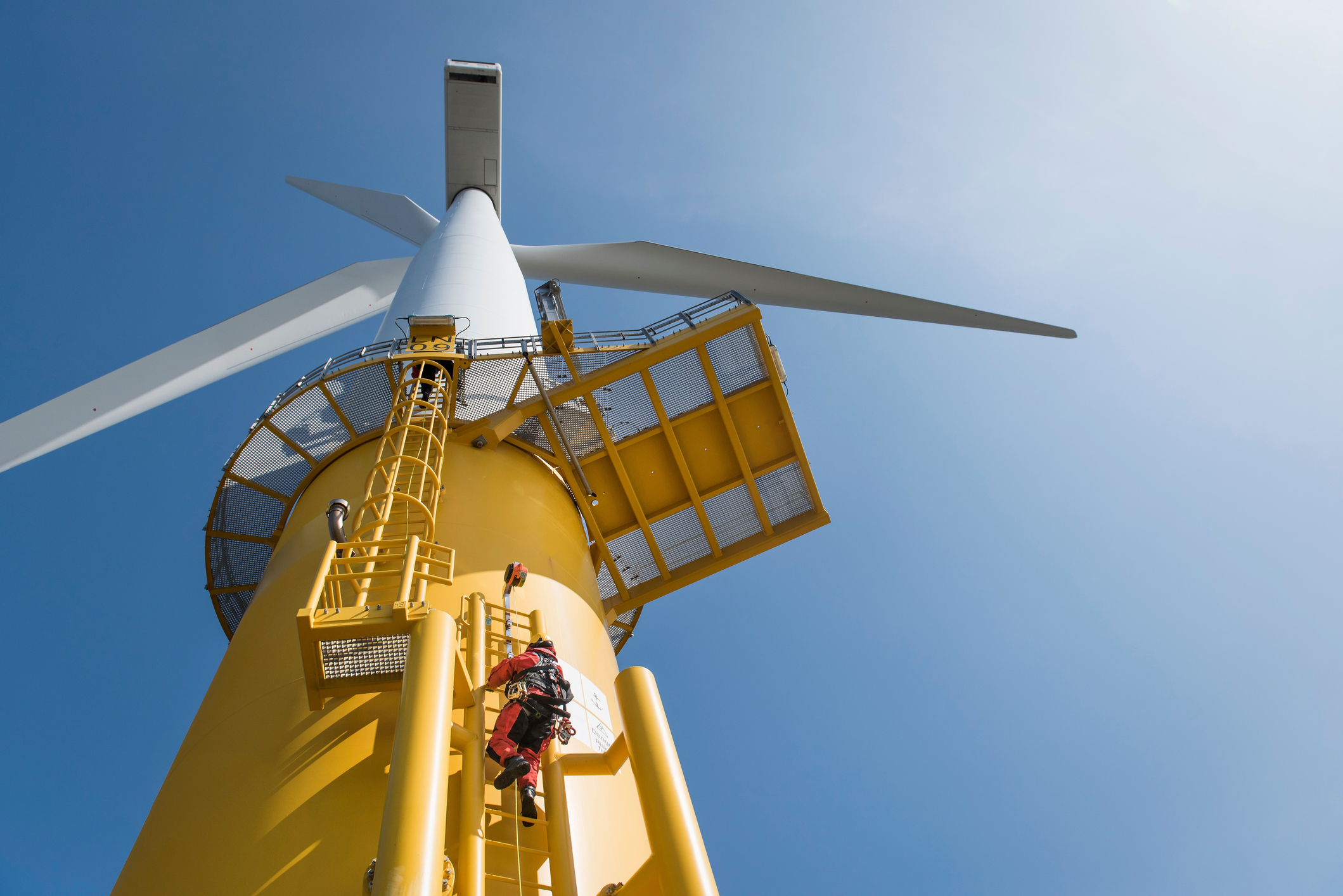What can today’s founders learn from the 2000 dotcom bubble burst?

Image Credits: Chris Hondros (opens in a new window) / Getty Images
The late 1990s were a fascinating time to work in startups and live in San Francisco.
I didn’t need to be an economist to realize that many of the companies I worked for and patronized were lacking solid fundamentals: The same unprofitable startups that offered in-house massages, catered meals and laundry service were also purchasing Super Bowl ads and freeway billboards.
I still have storage crates in my kitchen from Webvan, a grocery delivery contender that flamed out so famously, MBA candidates now study it in business school. Similarly, messenger bags for Kozmo.com, which promised to bring “videos, games, DVDs, music, mags, books, food, basics & more” to customers in 60 minutes or less, sell today for $350 and up on Etsy.
Full TechCrunch+ articles are only available to members
Use discount code TCPLUSROUNDUP to save 20% off a one- or two-year subscription
By 2000, many of these high-fliers had left smoking craters behind. Anna Barber was VP of Product at Petstore.com when her company was sold off in a fire sale to Pets.com, a competitor.
“We laid off our staff except one person, who stayed around with the CEO to help wind down the company and settle up with all our creditors,” says Barber, now a partner at M13. “That person was me.”
Today at noon PT/3 pm ET, she’ll join me to talk about how today’s startup operators can avoid many of the missteps founders made in past downturns.
We’ll discuss the economic, social and emotional impact created when so many companies close their doors at once, and Barber will talk about how founders can align with their investors and employees while managing through uncertainty.
This Twitter Space is open to everyone, so I hope you’ll join the chat.
Thanks for reading,
Walter Thompson
Editorial Manager, TechCrunch+
@yourprotagonist
You’ve sold your company. Now what?

Image Credits: Nodar Chernishey/EyeEm (opens in a new window) / Getty Images
Scaling a company from conception to acquisition is a real accomplishment, but it’s not the finish line, according to investor and frequent TC+ contributor, Marjorie Radlo-Zandi.
“You may wonder if the acquirer truly understands your products, values, culture or the customer needs that drive the business,” she writes. “Staff will wonder if there’ll be a place for them as a part of another company.”
In her latest column, she shares “six guiding principles that will set a transaction up for success” and help you achieve your full earnout.
Enterprise e-commerce in 2022: As TAM expands, the platform wars are heating up

Image Credits: Getty Images
E-commerce platforms have onboarded new merchants at a fast clip since the pandemic began, and there’s no sign of a slowdown, according to market intelligence platform PipeCandy.
“The top enterprise e-commerce platforms have added more than 10,000 merchants,” according to co-founder Ashwin Ramasamy, who compared the relative performance of Shopify Plus, Salesforce Commerce Cloud, Drupal Commerce, and four other players.
“That’s immense, especially as the year is still far from over, and these platforms already have just 1,000 merchants shy of last year.”
Use DORA metrics to support the next generation of remote-work models

Image Credits: Edwin Remsberg (opens in a new window) / Getty Images
Non-technical CEOs often rely on someone else’s assessment to find out how good their developers are. But without data, that’s a pretty subjective process.
Startups that don’t use DORA (DevOps research and assessment) metrics have a harder time measuring a software delivery team’s performance. For example, a group that has a high failure rate may cover their deficiencies (for a time) by deploying quickly.
Remote work is the new normal, especially for engineers, says Alex Circei, CEO and co-founder of development analytics tool Waydev. But using DORA metrics, CTOs, CEOs and HR managers can “get back on the same page to support their tech teams and business outcomes.”
Climate tech is a hot investment in 2022 — next five years could be even hotter

Image Credits: Monty Rakusen (opens in a new window) / Getty Images
Is the recently passed Inflation Reduction Act creating tailwinds for climate tech startups?
Reporter Tim De Chant found that deal count for climate tech startups increased by 15.4% in Q2 2022, “and the average value per deal has held steady at $23.6 million, more than triple what it was five years ago.”
Tax credits and other incentives in the IRA could spark interest in funding for property tech, recycling, ecosystem monitoring, and companies that pull carbon dioxide directly from the atmosphere.
“In other words, investment opportunities in climate tech are just warming up,” he writes.
For LatAm payment orchestration startups, market fragmentation is a blessing in disguise

Image Credits: aolomartinezphotography (opens in a new window) / Getty Images
In Latin America, e-commerce is plagued by high fraud rates. Scarcely 20% of adults have a credit card, and many who do aren’t able to use them internationally.
It’s also true that e-commerce is growing faster there than in any other region since the pandemic began. According to one study, online sales in LatAm will generate $379 billion in, a 32% year-over-year increase.
“The payments landscape in Latin America seems hopelessly fragmented and riddled with fraud,” says Rocio Wu, a principal at F-Prime Capital.
“However, we believe that fragmentation actually offers a huge opportunity for vertically integrated payments orchestration startups to capture a lot of value.”
TechCrunch roundup: Dotcom crash history lessons, post-M&A strategies, climate tech heats up by Walter Thompson originally published on TechCrunch















 English (US) ·
English (US) ·